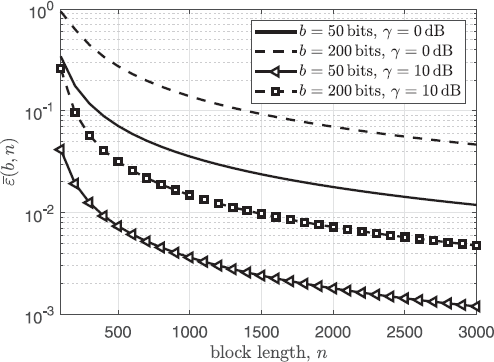Hirley Alves - Wireless RF Energy Transfer in the Massive IoT Era: Towards Sustainable Zero-energy Networks (IEEE Press)
Here you can read online Hirley Alves - Wireless RF Energy Transfer in the Massive IoT Era: Towards Sustainable Zero-energy Networks (IEEE Press) full text of the book (entire story) in english for free. Download pdf and epub, get meaning, cover and reviews about this ebook. year: 2021, publisher: Wiley-IEEE Press, genre: Home and family. Description of the work, (preface) as well as reviews are available. Best literature library LitArk.com created for fans of good reading and offers a wide selection of genres:
Romance novel
Science fiction
Adventure
Detective
Science
History
Home and family
Prose
Art
Politics
Computer
Non-fiction
Religion
Business
Children
Humor
Choose a favorite category and find really read worthwhile books. Enjoy immersion in the world of imagination, feel the emotions of the characters or learn something new for yourself, make an fascinating discovery.
- Book:Wireless RF Energy Transfer in the Massive IoT Era: Towards Sustainable Zero-energy Networks (IEEE Press)
- Author:
- Publisher:Wiley-IEEE Press
- Genre:
- Year:2021
- Rating:4 / 5
- Favourites:Add to favourites
- Your mark:
Wireless RF Energy Transfer in the Massive IoT Era: Towards Sustainable Zero-energy Networks (IEEE Press): summary, description and annotation
We offer to read an annotation, description, summary or preface (depends on what the author of the book "Wireless RF Energy Transfer in the Massive IoT Era: Towards Sustainable Zero-energy Networks (IEEE Press)" wrote himself). If you haven't found the necessary information about the book — write in the comments, we will try to find it.
A deep dive into wireless energy transfer technologies for IoT networks
In Wireless Energy Transfer: Towards Sustainable Zero-Energy IoT Networks, distinguished researchers Onel L. A. Lpez and Hirley Alves deliver a robust discussion of massive wireless energy transfer and zero-energy, low-cost, Internet of Things networks. Moving beyond the basic theoretical background of the subject, the authors offer a deep analysis of the scenarios and requirements of wireless energy transfer.
The book details novel powering schemes recently proposed to face the challenging requirements of the future Internet of Things, as well as a comprehensive review of sustainable IoT wireless networks.
Wireless Energy Transfer explains why novel energy efficient solutions will be needed to address the sheer volume of devices currently forecasted to be used in the near future. It explores the challenges technologists and users will face as well as proposed solutions and future research directions.
The authors also discuss:
- Thorough introductions to wireless energy transfer, including energy harvesting sources, radio frequency energy harvesting circuits, efficiency models, and architectures for wireless energy transfer powered IoT networks
- Comprehensive explorations of ambient radio frequency energy harvesting, including measurement campaigns, energy harvesting hardware prototypes, and performance analysis based on stochastic geometry
- Practical discussions of efficient schemes for massive wireless energy transfer, including energy beamforming, multi-antenna techniques, and distributed antenna systems
Perfect for students and researchers in signal processing, communications, networking, and information theory, Wireless Energy Transfer: Towards Sustainable Zero-Energy IoT Networks will also earn a place in the libraries of students and practitioners in the fields of communication hardware and transceiver design.
Hirley Alves: author's other books
Who wrote Wireless RF Energy Transfer in the Massive IoT Era: Towards Sustainable Zero-energy Networks (IEEE Press)? Find out the surname, the name of the author of the book and a list of all author's works by series.

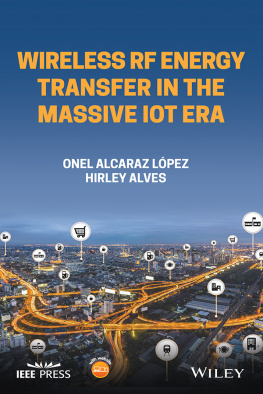


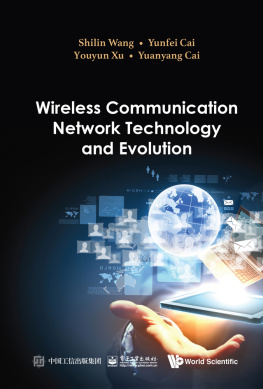

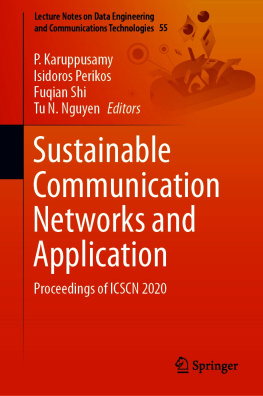

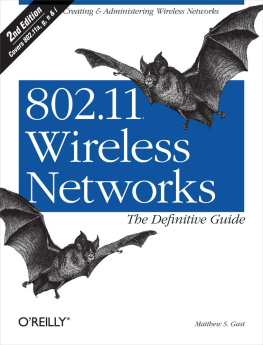
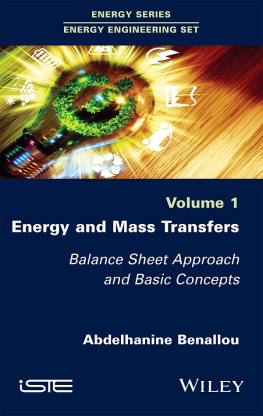
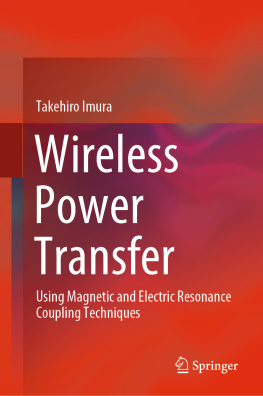
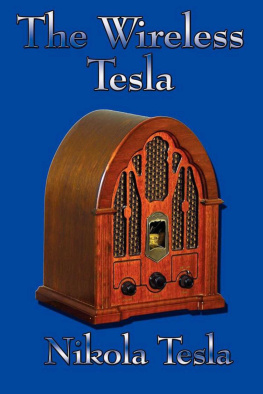
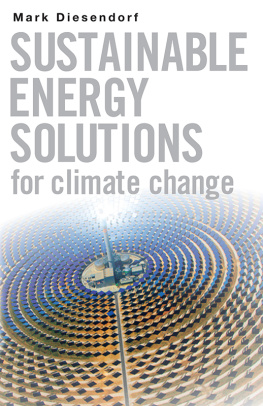

 (A.1)
(A.1) (A.2)
(A.2) (A.3)
(A.3) (A.4)
(A.4) (A.5)
(A.5) (A.6)
(A.6)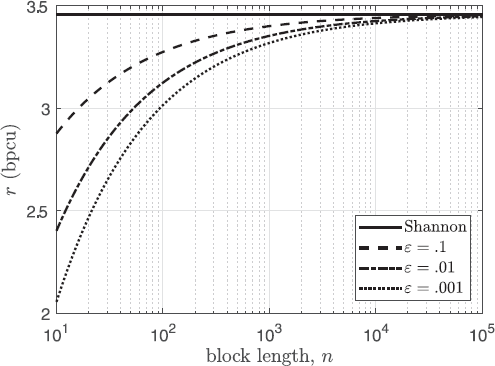
 (A.7)
(A.7) (A.8)
(A.8) (A.9)
(A.9)